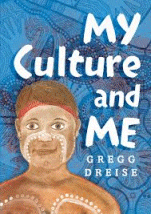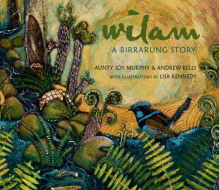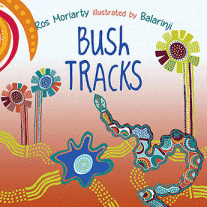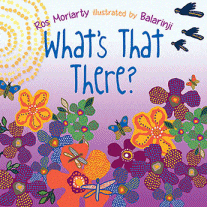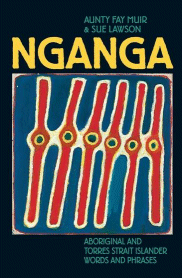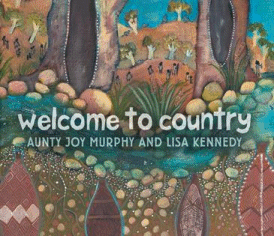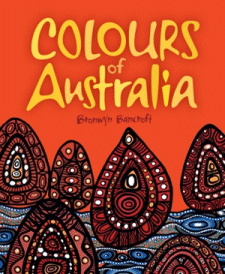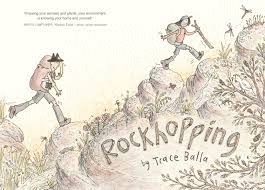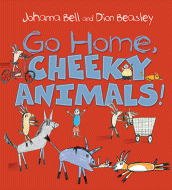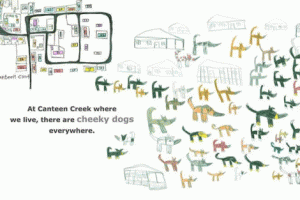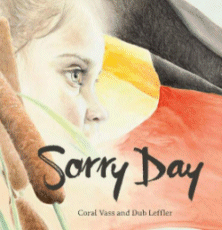
Sorry Day
Sorry Day
Coral Vass
Dub Leffler
NLA Publishing, 2018
34pp., hbk., RRP $A24.99
9780642279033
Standing amidst the large crowd gathered on the slopes of Parliament House in Canberra is light-haired, fair-skinned Maggie clutching her Aboriginal mother’s hand waiting for the most important speech from a politician for generations. It is February 13, 2008 and, on behalf of a more enlightened nation, the newly-elected Prime Minister is about to deliver the long-awaited apology to all Australia’s indigenous peoples for their losses in past times when it was thought that their children would be better off if they were taken to live with and be raised by white families – the Stolen Generations.
“In a time ‘long ago and not-so-long-ago’ children were taken from their parents, their ‘sorrow echoing across the land’.
Intertwined with Maggie’s story of anticipation and sudden loss as she falls among the legs of the crowd, is that of her mother, a young girl in different times when the roar of a truck and the thud of boots was a signal to hide before the white men came to take them.
“Screams echoed across the land as they scrambled to escape, sliding in the mud with every step.”
But, in the final fold-out flap the stories merge as Kevin Rudd proclaims, “For the pain, suffering and hurt of these Stolen Generations, their descendants and for their families left behind, we say sorry. To the mothers and the fathers, the brothers and the sisters, for the breaking up of families and communities, we say sorry… We today take this first step by acknowledging the past and laying claim to a future that embraces all Australians.”
And at last, hope glimmers.
The recognition of the treatment of Australia’s indigenous peoples was a central focus of the 2007 election campaign for it had been 40 years since the referendum to acknowledge and include Aboriginal and Torres Strait Islander peoples as citizens of Australia, and ten years since the historic Bringing Them Home report was tabled in Federal Parliament.
While many of an older generation will remember where they were on the day of the speech, our younger generations may not understand its significance seeing it as just another day paid homage during the school year. So to have such a beautifully written story with such evocative illustrations to explain its importance – perhaps akin to ANZAC Day in the shaping of our nation – is superb and a must-have in every school library collection, particularly as there are two pages of explanation and illustrations drawing on the collection of the National Library of Australia to complete it.
In a few, well-chosen words and sublimely constructed sentences, Coral Vass has written an evocative story that not only expresses the heartbreak of those whose children were taken but also the fear of the children as Maggie is briefly separated from her mother. Accompanied by unforgettable illustrations that capture the landscape, the emotions and the tension of both Maggie and her mother’s stories, this is a unique story that enables all of us to understand the importance of May 26 each year.
Teachers notes are available
